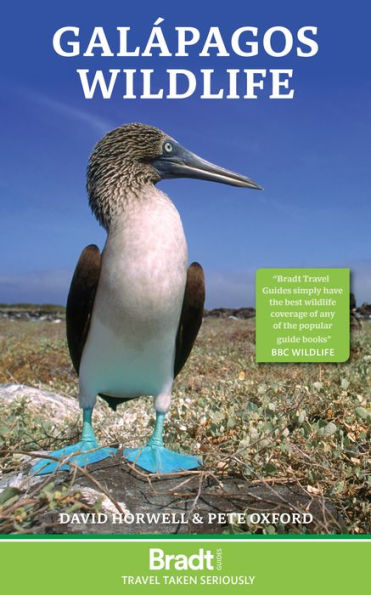This new, thoroughly updated and lavishly illustrated fourth edition of Bradt’s Galápagos Wildlife is packed with information and magnificent pictures to aid in identifying key species, all in an easy-to-carry format that covers everything from the wildlife that you’re likely to encounter, whether flying in the air, running along the ground or swimming underwater, to a succinct history of the islands, their habitats and volcanic origins. This guide includes the most detailed descriptions and maps of the main visitor sites of any book in print, so you can see where a boat will land and what can be seen there – enabling you to plan effectively for a rewarding visit. An overview of conservation efforts is also included, as are unique island trail plans for those looking to explore.Written and illustrated by two expert-naturalist guides, who have both been visiting the islands for decades, this new edition covers all the latest information, from the discovery of an ‘extinct’ tortoise species not seen for over 100 years on Fernandina island and the discovery of new rare ‘pink iguanas’ on Isabela island’s Wolf volcano (the highest point on the Galápagos), to the change in taxonomy of ‘Darwin’s finches’ and the new species status of the almost-extinct little vermillion flycatcher. Snorkelling with sea lions, penguins and sharks at Devil’s Crown, Floreana is included, as is kayaking in pristine locations such as Española’s Gardiner Bay.Travelling to the Galápagos is a rite of passage for serious wildlife enthusiasts. Now with more detailed descriptions, more photos, and updated information on conservation efforts, Bradt's Galápagos Wildlife is the perfect companion for this once-in-a-lifetime trip.



